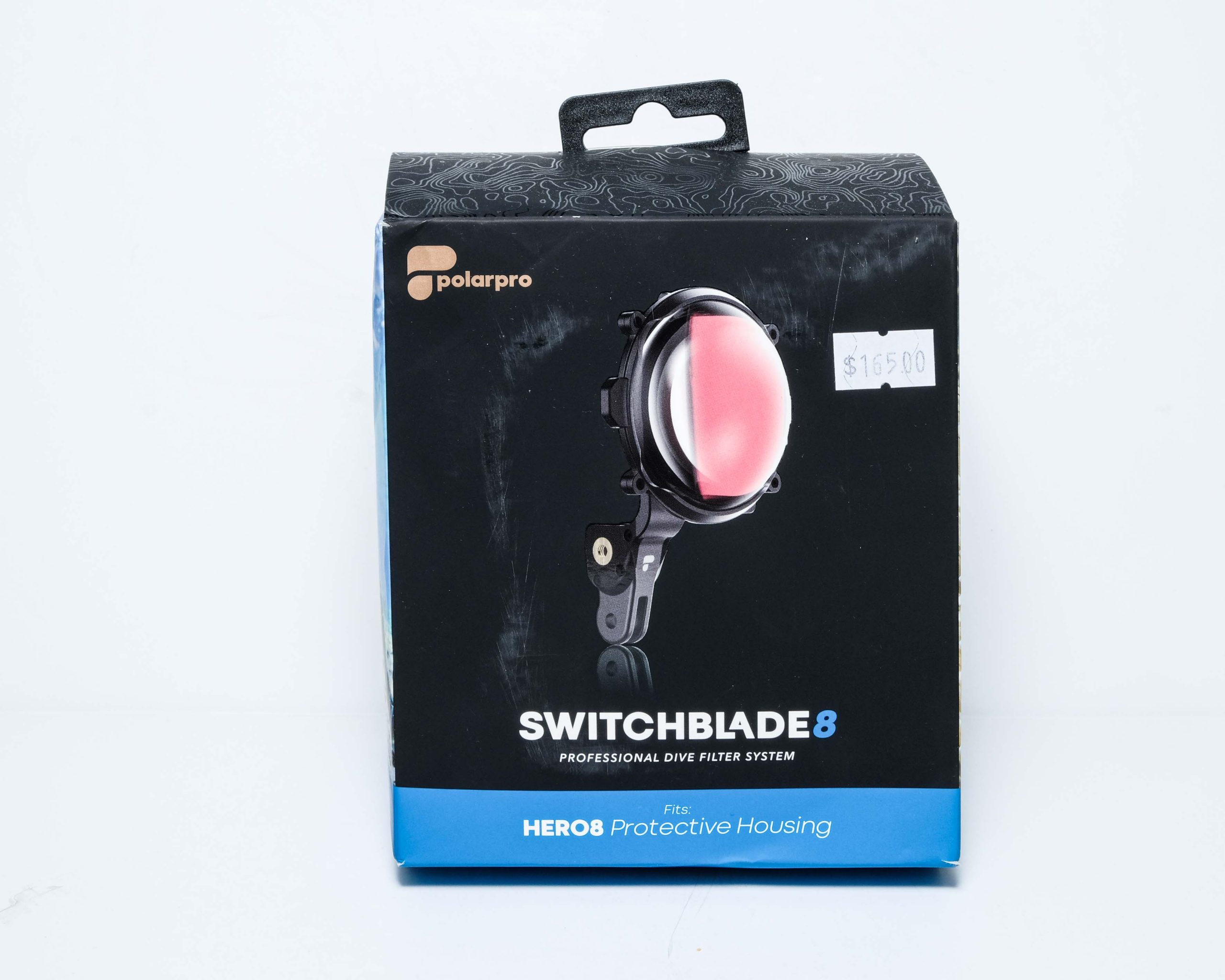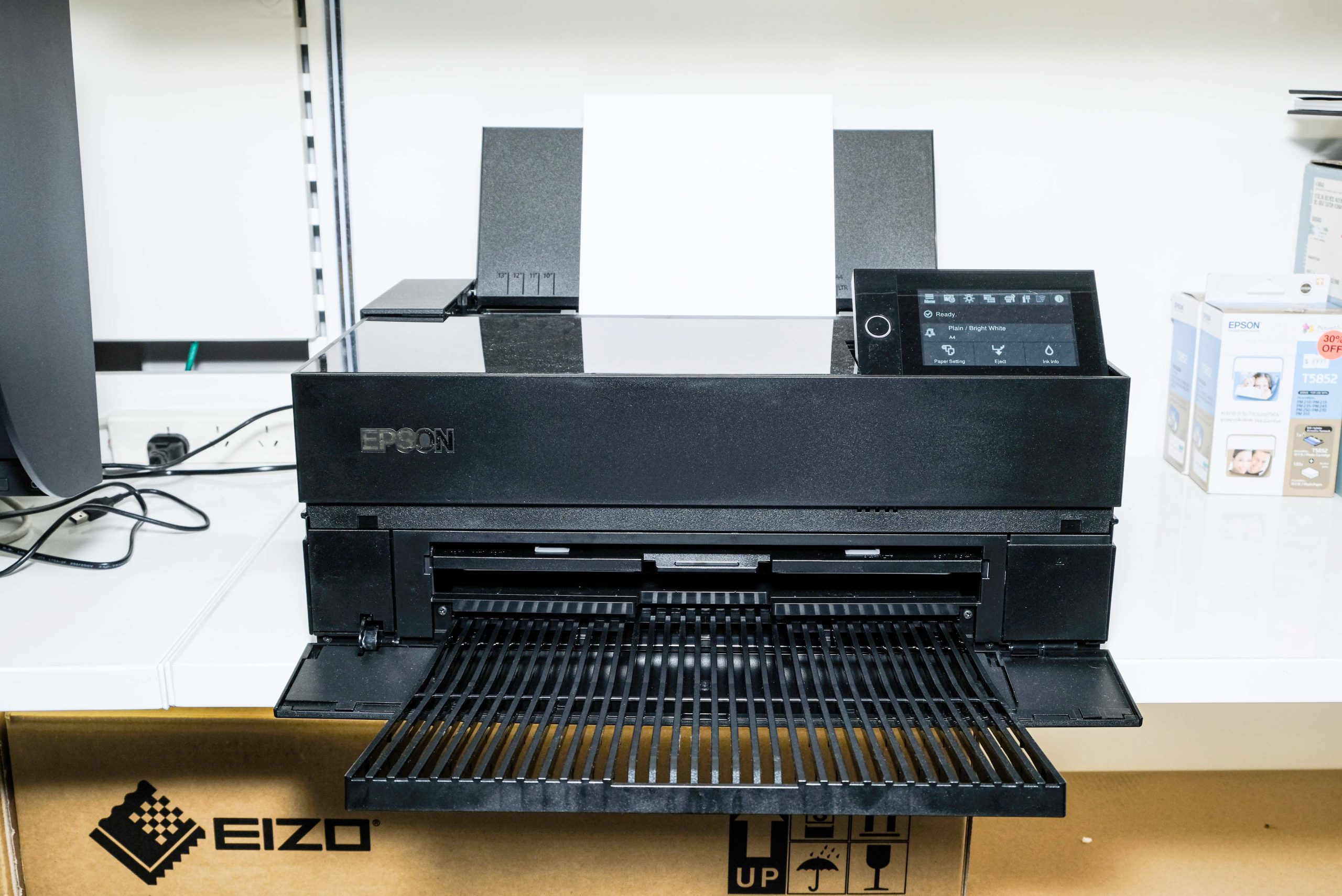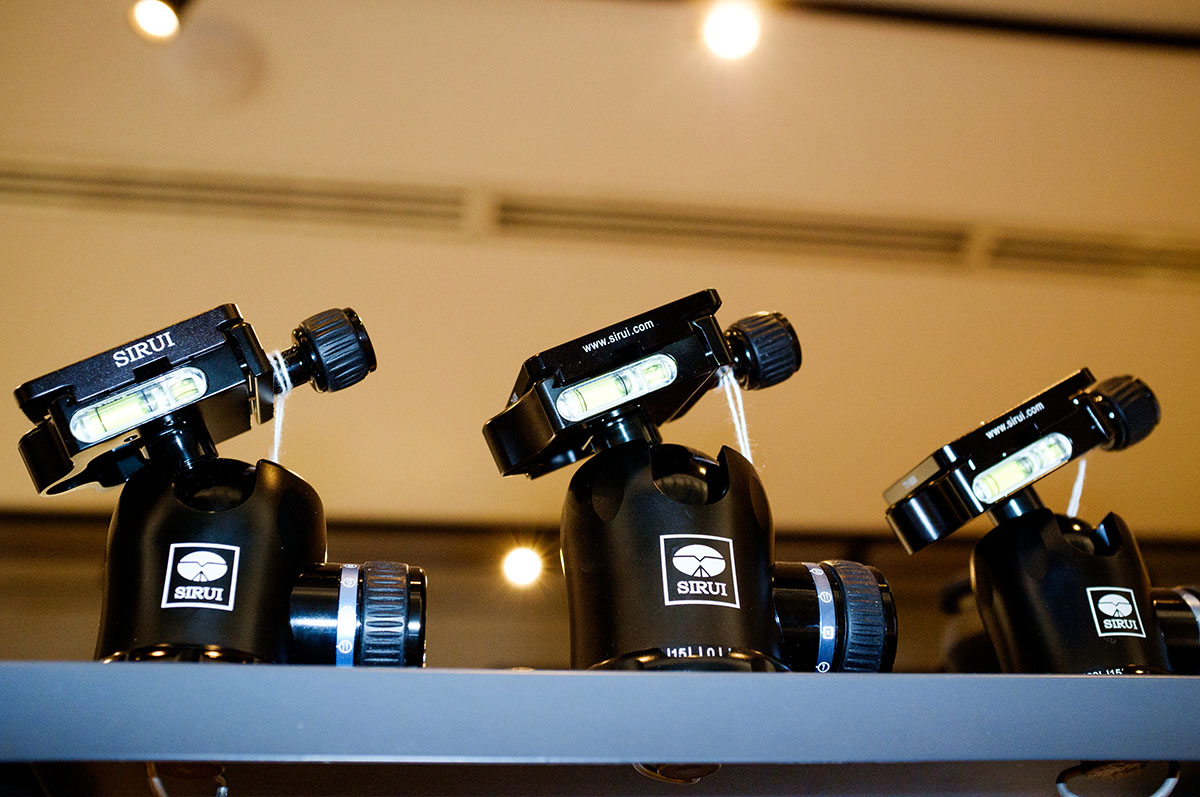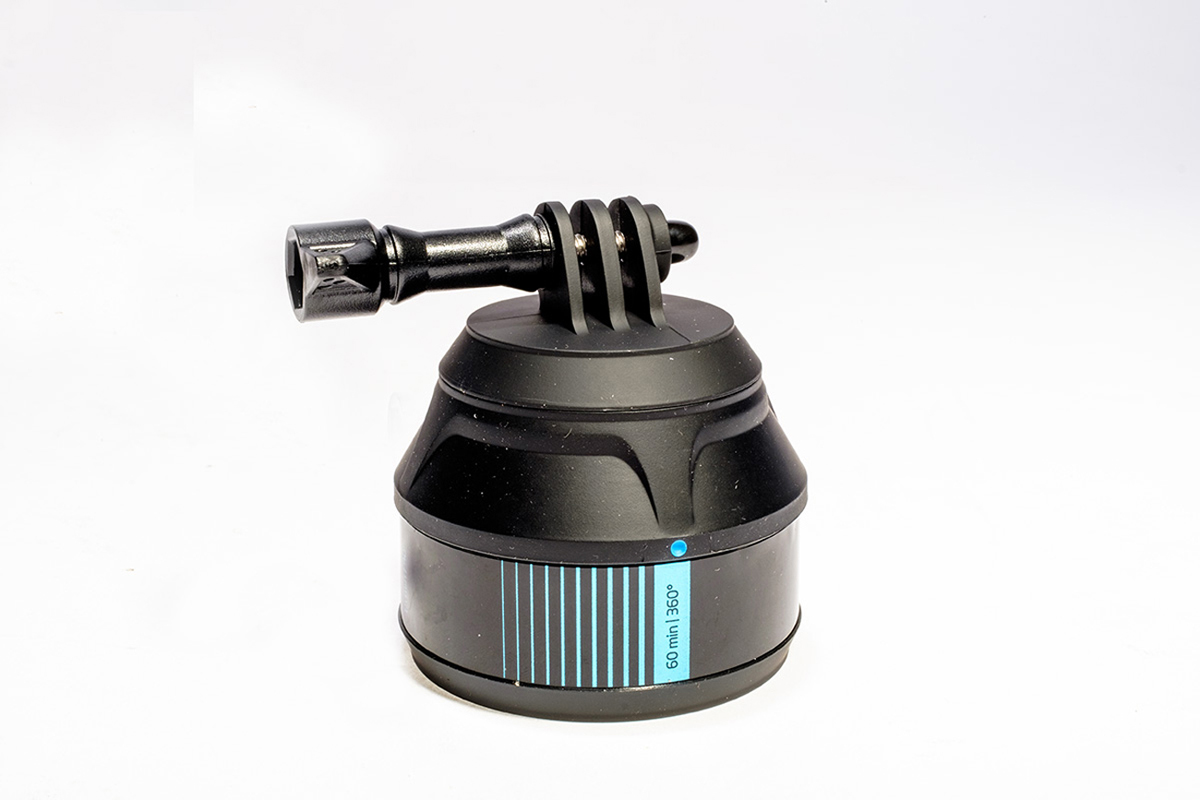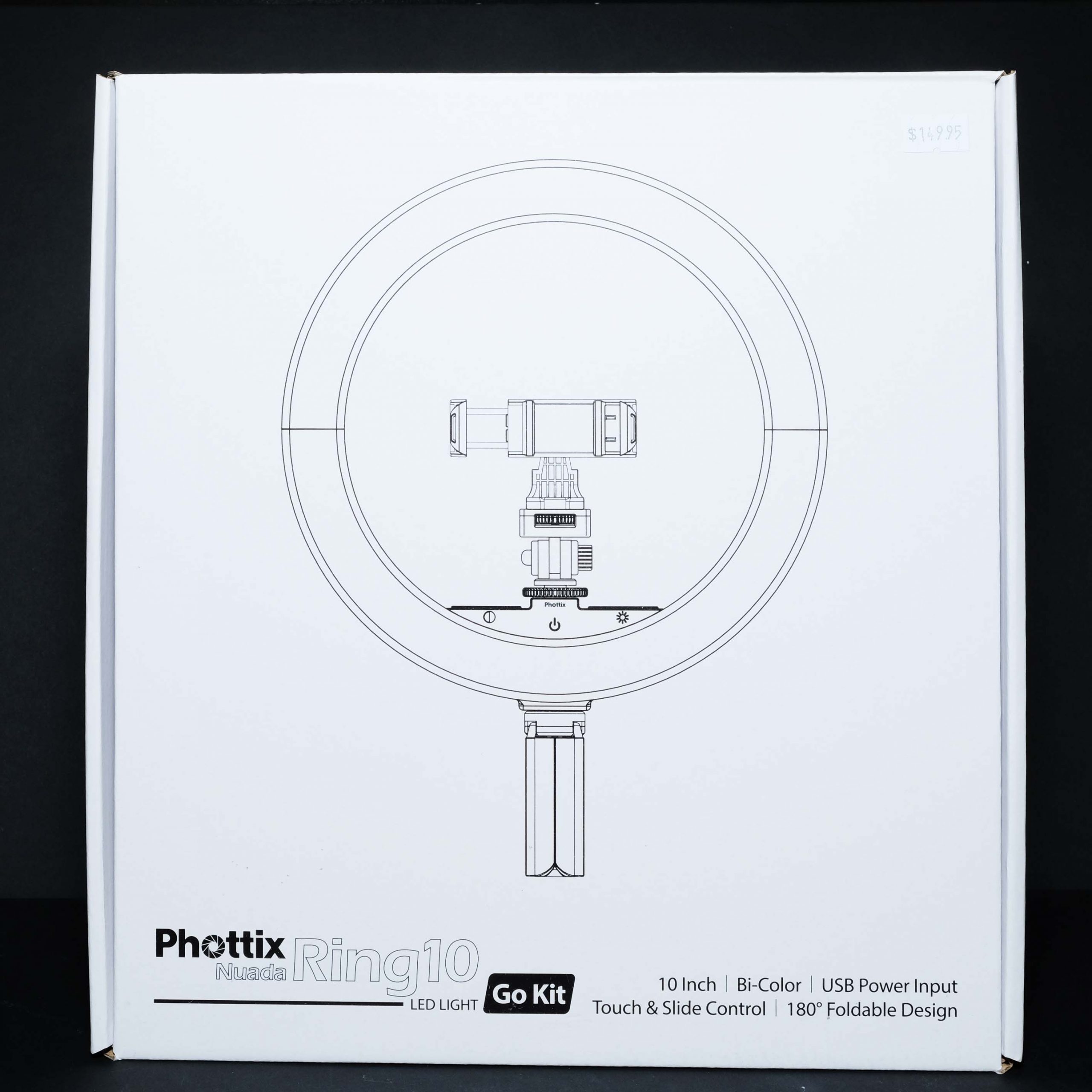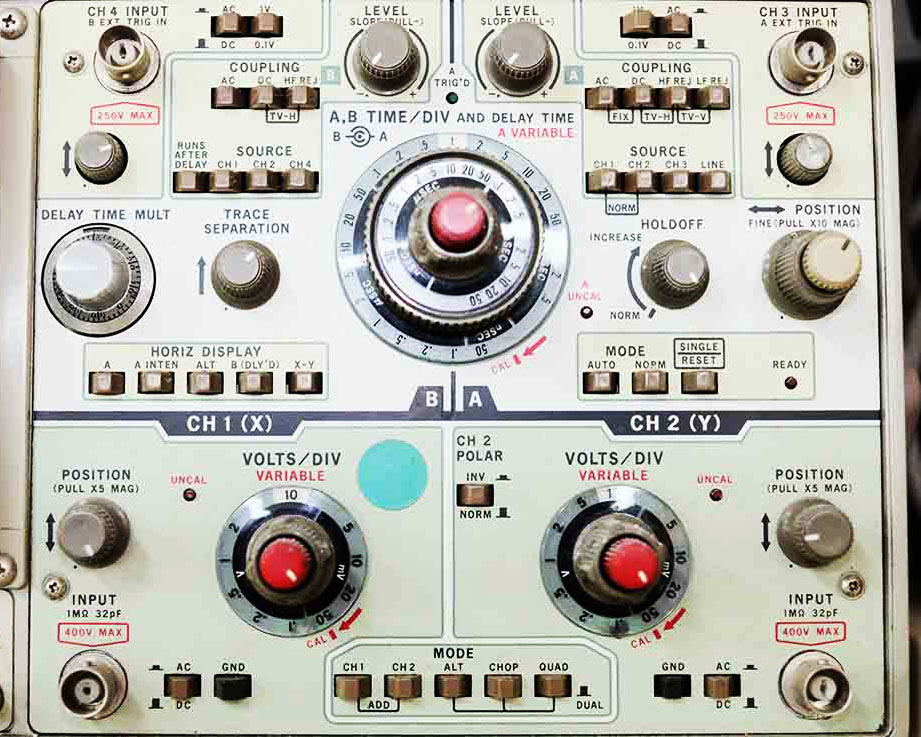21 Oct No Dithering With Tethering
Tools. Use Tether tools. Specifically use Tether Tools' Case Air Wireless magic box on the top of your camera. If you've got a Nikon or canpn camera you're going top be very pleased. What does it do? it creates a WiFi hotspot on your camera that your mobile phone or tablet can pick up. The app that comes with the little connecting box lets you play with all the different phone and operating systems. And then you: Compose. Focus. Adjust aperture. Adjust Shutter. Adjust ISO. Bracket. HDR. Focus stack. Do time lapse. See the darn image clearly as you are working. That last one was not in the advertising blurb but it's the most realistic one. We all get older as we get older...




